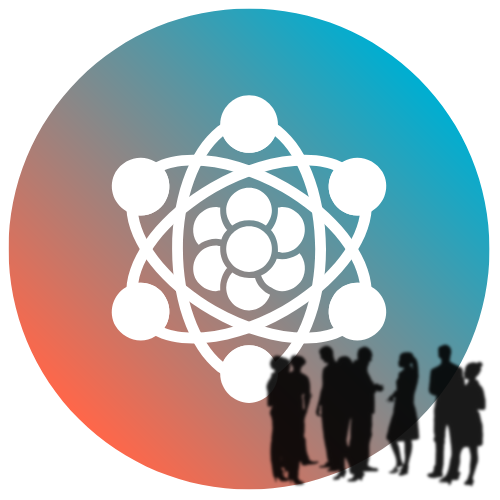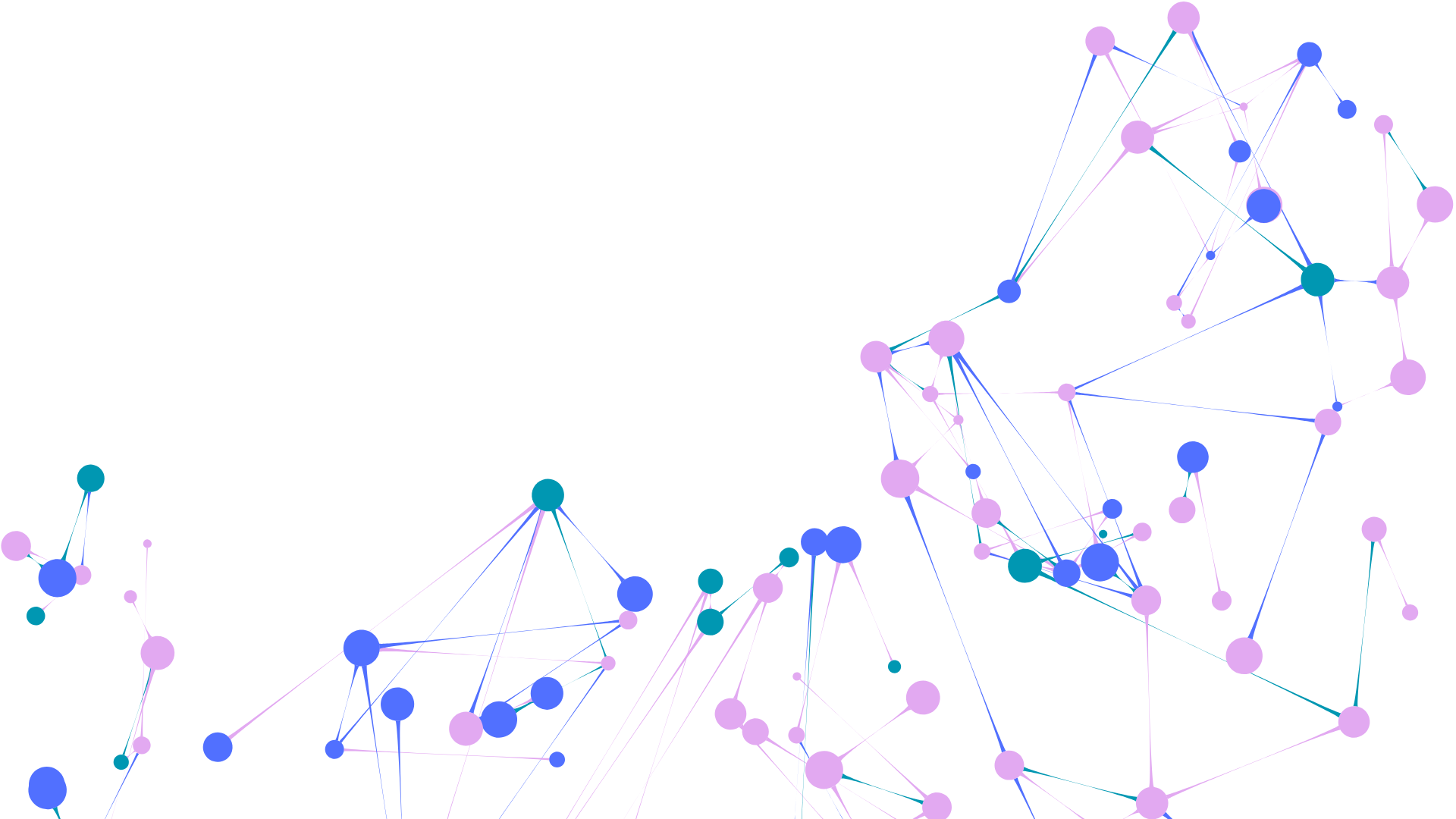When communication stops, business stops. A network outage, cyberattack, or natural disaster doesn’t just silence phones — it severs trust, momentum, and revenue. As companies shift voice and collaboration into the cloud, the question is no longer if disruption will occur, but how gracefully systems will recover. In the era of always-on global business, resilience has become the real measure of reliability.
Redefining uptime
Traditional PBX systems lived within physical walls: if the power failed or the office flooded, phones went dark. Cloud communication promised to fix that — redundant data centers, elastic scaling, global reach. Yet perfect uptime remains elusive.
Even hyperscale providers experience outages. Regional fiber cuts, DNS misconfigurations, or cloud-service dependencies can ripple across continents in minutes. True resilience means accepting failure as inevitable and engineering for continuity in spite of it.
That shift—from prevention to preparation—is what defines modern disaster recovery.
The anatomy of resilience
A resilient communication system rests on three pillars: redundancy, visibility, and autonomy.
- Redundancy ensures there’s always somewhere else for traffic to go. Calls route through multiple SIP trunks, data replicates across regions, and failover gateways stand ready.
- Visibility gives real-time awareness of performance and anomalies. Without monitoring, redundancy is blind.
- Autonomy allows systems to react without human delay—automatic rerouting, elastic scaling, and instant alerting.
Together, they form the difference between downtime measured in seconds versus hours.
Cloud redundancy done right
Redundancy isn’t just duplication—it’s distribution. A robust VoIP architecture balances workloads across multi-region clouds or even multi-cloud environments, preventing a single provider from becoming a point of failure.
- Geo-redundant servers mirror configurations and call data in real time so that another location can take over within seconds.
- Failover SIP trunks allow call continuity if one carrier experiences degradation.
- Edge routing brings processing closer to users, reducing exposure to large-scale backbone outages.
The most forward-thinking providers also maintain “warm” backup environments—systems always on standby, not just cold archives. That readiness trims recovery time to near zero.
The human layer of disaster recovery
Technology handles rerouting, but people handle pressure. A written, tested disaster recovery plan remains indispensable. It defines roles, communication channels, escalation paths, and contact trees.
Cloud tools make this easier: automated alerts through collaboration platforms, mass notifications via SMS or email, and fallback conferencing links when primary systems fail. But tools only work if employees know how to use them.
Annual simulation drills—where teams operate during a simulated outage—turn theory into muscle memory. In a real event, confusion, not the cause, often costs the most time.
Security as part of resilience
Cyber incidents now outrank natural disasters as sources of downtime. DDoS attacks, ransomware, and unauthorized access can cripple communication faster than storms ever could.
Resilient VoIP systems apply zero-trust principles: every device, user, and API call must authenticate continuously. Data encryption (TLS for signaling, SRTP for media) and least-privilege access minimize the blast radius if breaches occur.
Just as important is segmentation—isolating networks so a compromise in one region or department doesn’t spread system-wide. In disaster recovery planning, segmentation is containment.
Testing the invisible
A disaster recovery plan is only as strong as its last test. Yet many organizations still treat testing as optional, partly because it seems disruptive.
The fix is automation. Cloud-based DR testing can simulate partial outages—such as SIP trunk failure or DNS delay—without affecting real traffic. Synthetic monitoring continuously probes systems, providing live evidence of recovery time and performance under strain.
What gets measured improves; what doesn’t gets lost in optimism.
Resilience as competitive advantage
Downtime today isn’t just an IT failure; it’s a reputational event. Customers equate silence with unreliability. Providers who can demonstrate tested disaster recovery frameworks gain a market edge, especially in regulated sectors that require documented continuity.
Many enterprises now request resilience certifications—proof of redundant infrastructure, encrypted backups, and recovery-time objectives (RTOs) under four minutes. Reliability sells as strongly as innovation.
The next horizon: self-healing networks
AI and predictive analytics are quietly reshaping disaster recovery. Machine-learning models now forecast network strain before it becomes visible, automatically rebalancing traffic or provisioning new instances preemptively.
In coming years, “self-healing” VoIP environments will detect early packet loss, predict trunk saturation, and redirect flows autonomously. Resilience will shift from reactive recovery to continuous adaptation—a living system that learns from every near miss.
Final call
Resilience isn’t a backup plan. It’s an operating philosophy: assume failure, minimize impact, recover fast, and learn continuously.
For modern businesses, cloud communications aren’t just about being online—they’re about staying connected when the unexpected arrives. The companies that prepare for silence are the ones their customers will always hear first.










